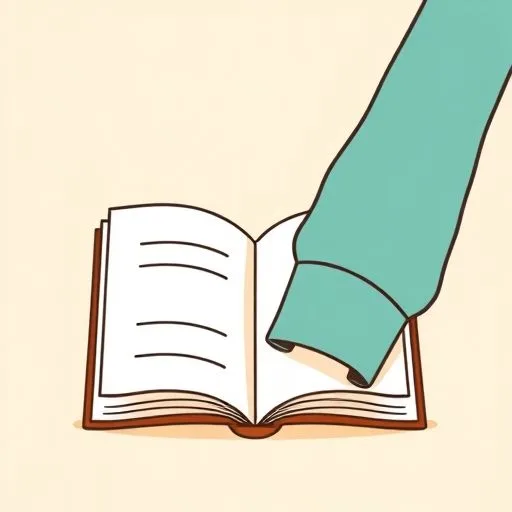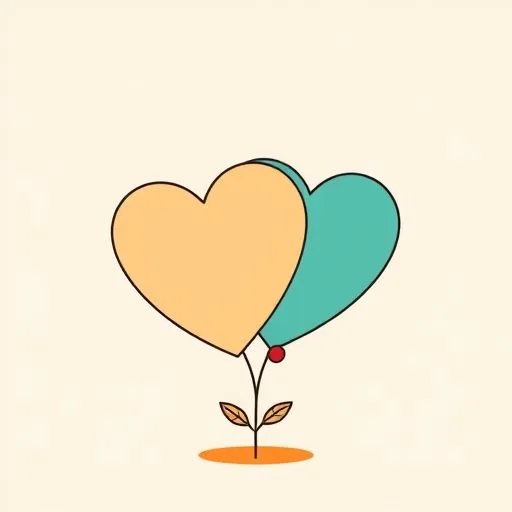
You know those moments when the house is finally still—when the last Lego piece has been found, and the only sound is the soft hum of the nightlight? That’s when I see it most clearly. The way your fingers brush the hair from their forehead. The way you pause before tiptoeing out of their room. That quiet strength—it’s something we’ve all seen when our kids carry the weight of something bigger than their tiny shoulders should bear.
The Little Ways They Show Us

We’ve both watched that look—the one that’s not quite the scraped-knee cry, but the one that clings a little longer when they’re saying goodbye. The way they might suddenly need to hold your sleeve while walking, or the bedtime story that has to be read exactly the same way for three nights straight.
It’s in those ordinary moments, isn’t it? That’s when we feel the weight of what they’re carrying. And I’ve watched you—how you’ve learned to bend with these rhythms. Not pushing them to ‘hurry up,’ but creating a rhythm that feels safe. Seriously, when did you learn that kind of patience?
I’ve noticed it’s the quiet strength that builds the strongest bridges back to their hearts.
How Small Moments of Being Seen Build a Safe Harbor

Remember when she was drawing those angry scribbles on paper? That day, when every other adult was telling her to ‘be careful’? You just sat beside her. ‘What’s the story you’re drawing here?’ you asked.
And I held my breath—because I recognized the truth that’s often missed: when kids can’t use words, they’ll use motions. But you saw it. You didn’t try to fix it. You just sat in the quiet with her.
That’s resonance, isn’t it? Being present with their pain. Not pushing. Not fixing. Just being there when they’re caught in the storm.
And that’s the foundation—the secret that we parents know. Safe spaces are built from moments like that, not from perfect words.
When Their Healing Journey Becomes Our Own

There’s something I’ve noticed in watching you walk with them through the tough days. You’re not just teaching them to regulate emotions. You’re learning to be patient with your own inner child—the one who might have needed to be heard.
I’ve seen the way you pause, when your own triggers flare, and choose to breathe instead. And here’s the truth: every time we help them heal, we’re healing parts of ourselves too.
That’s why we’re in this together. Because we’re not just fixing their past. We’re shaping a new vocabulary for our entire family’s present—and future.
I was reading recently how Big Business Is Betting Big On Blockchain-Based Payments, and it struck me—we’re investing in something far more valuable: our family’s emotional future.
